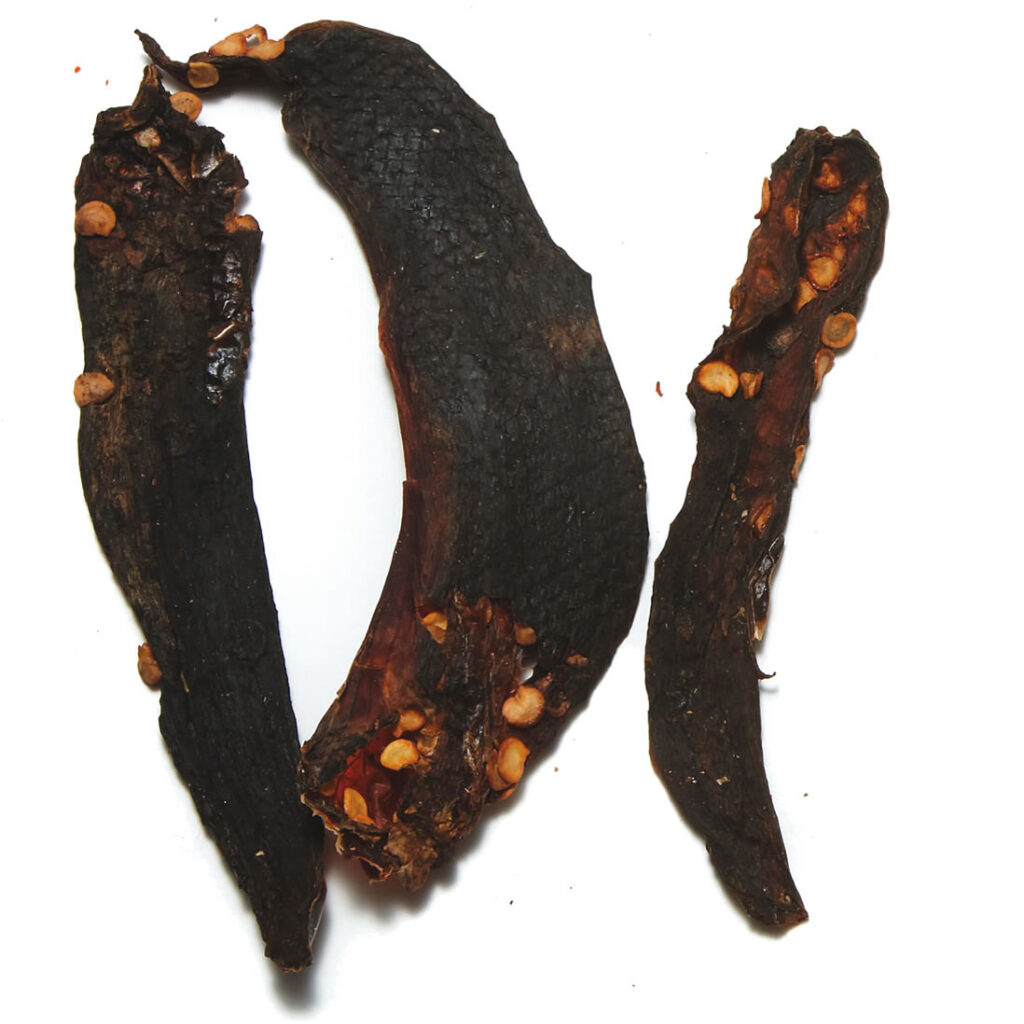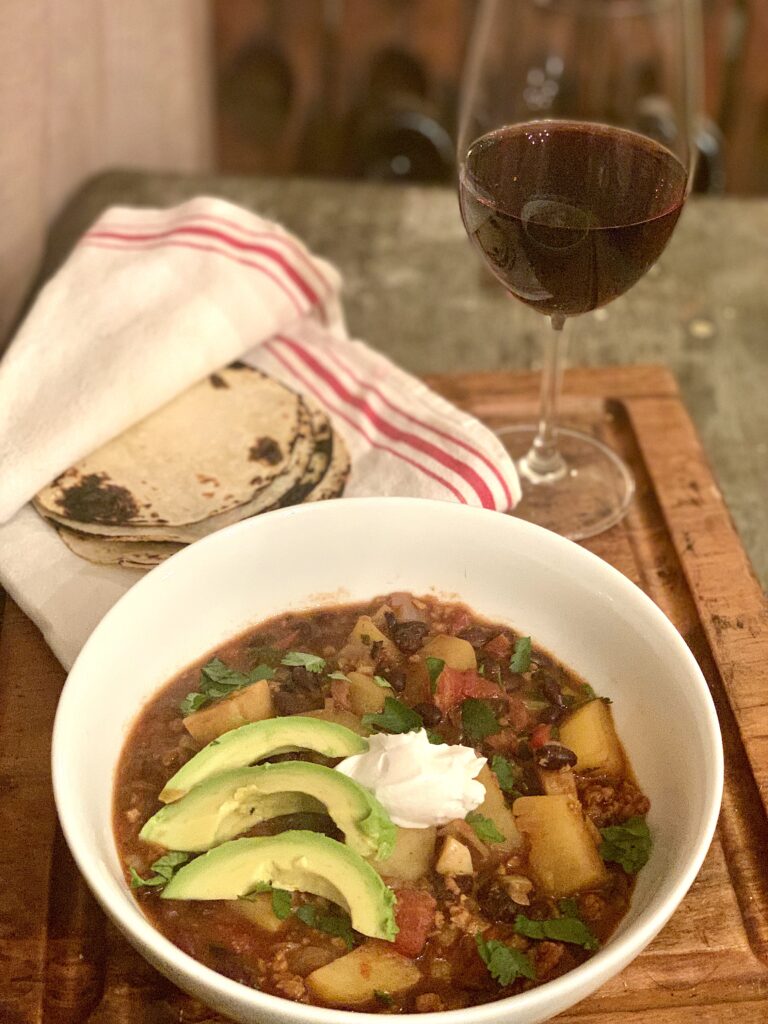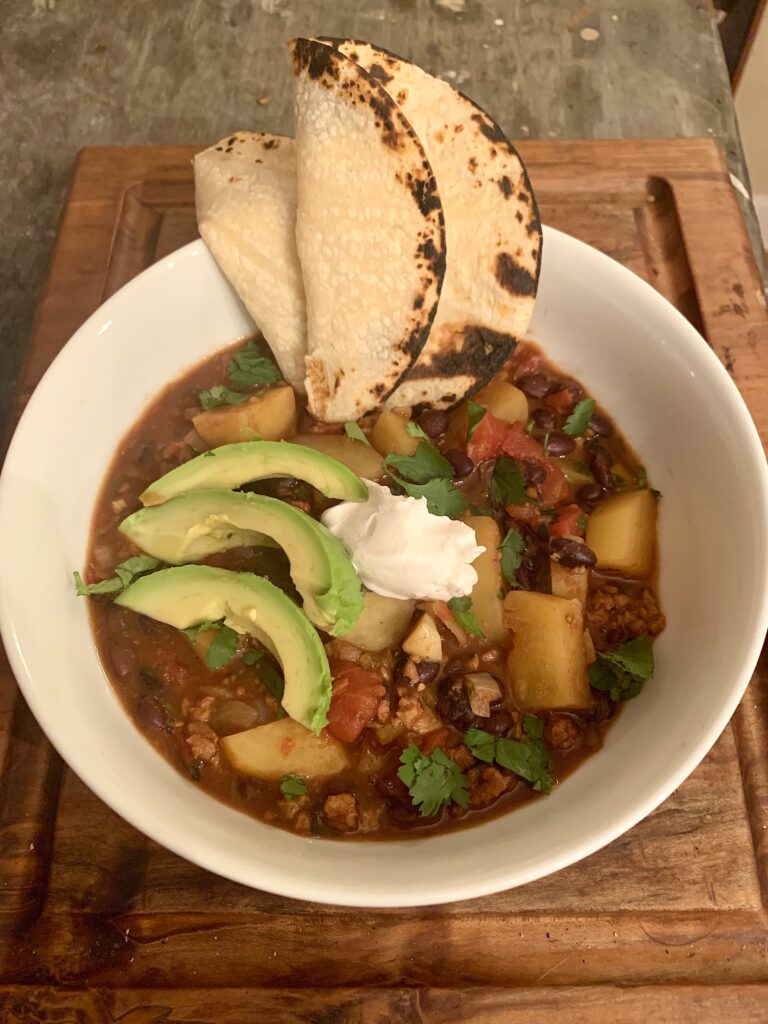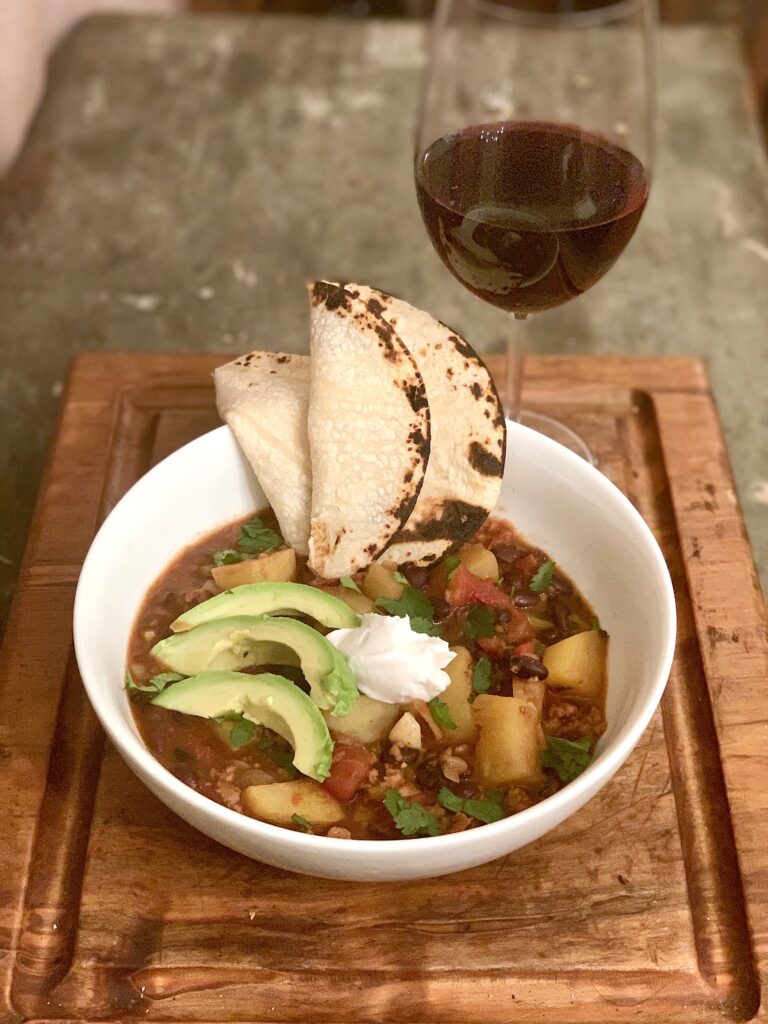There’s nothing more I enjoy than to take a classic dish, steeped and rooted in a country’s culture, etched into people’s memories and that brings out that warm and fuzzy feeling, and turn it into a more compassionate meal, void of animals but filled with love and life.
My first experience with this was about 5 ½ years ago when I went vegan and had to re-create all the traditional dishes from my home country of Norway for my blog Arctic Grub. You can find my recipes under the Arctic Grub tab on the front page here on this site.
Certainly Norwegian food is not the easiest cuisine to transform, with its plethora of salmon, herring, lamb, beef and dairy. I looked at it as a challenge, and challenge me it did – to the core. I started asking why people were so fond of these dishes. Was it because of the actual meat or animal-based ingredient in the dish? In most cases I’d say no. It was because of a texture, a memory associated with the dish or simply because it was a flavor they ‘expected’. No questions were really asked about why one would eat fermented fish (yuck), or enjoy someone’s leg that has been dried up. We just did, because it was “tradition”. It reminded us of sitting around the table with loved ones.
But I digress.
You could say I have a soft spot for “poor man’s food”. Coming from a country that was poor before the oil-boom, we were used to making dinners from leftovers and fermenting and preserving food for the harsh winters when little produce was available. Every country has such dishes – so simple, with no-fuss ingredients, but the meal was cooked with love and that clearly came through in the dish. The flavors that result from making food like this, are deep, complex and warms your soul. There simply is no comparison. No fancy restaurant meal could ever compete with dishes like this; created by grandmothers who had to make do with what was left in their pantries. Ironically today, many fancy versions of these basic meals are found all around the world’s Michelin star restaurants.
In my quest for these passion-filled dishes, I look to other cultures to see what their version of these comfort foods are. My husband is Mexican and grew up spending a lot of time in his grandmother’s kitchen. I came across the dish caldillo, a Mexican stew from the state of Durango and traditionally made with beef, potatoes and chiles. It’s not a dish you’re likely to see on restaurant menus, rather you’ll come across it if you are lucky enough to be invited into a Mexican abuellita’s home. Mark (my husband) said that his grandmother cooked these types of dishes a lot and that it reminded me of her, so I set out to make a version without beef.
I always love how black beans taste with chilis and is perfect in stews, plus it’s an ingredient that is common in Mexican dishes. Because Mark is not vegan, I wanted to add a little more meatiness for him. When I do, I often add Gardein’s beefless ground – they are amazing in stews and in tacos, quesadillas and more. Beyond Meat also has a similar product now. You certainly don’t need it, as the flavors of the black beans when cooked down with chilis, cumin and a little smoked paprika (my secret for adding that “smoked” meatiness and umami to plant-based dishes) will do just fine and then some.
If you are using canned beans, I actually like to include the juices in can as well, just make sure you are picking organic beans that are BPA free. I find that it adds a wonderful savory creaminess and an added layer of flavor.
The best chiles to use are chile pasado, which are authentic to Durango and are roasted poblanos that have their seeds intact and then dried. They can be somehow tough to find but to get that authentic flavor, this is the way to go. You can roast and peel your own poblanos instead and cut them up into strip as a second alternative. If you can’t find fresh poblanos, you can use pickled jalapenos, which I did this time, and it still will produce a great flavor.

I paired this dish with a Portuguese wine (I’m still looking for some great Mexican wines from Baja – they are really good), from Bairrada by the producer Vadio made from 100% Baga grapes. It’s a fairly light wine, but found it to complement the dish because the flavors in the wine weren’t in-your-face, and played nicely with the hearty flavors in the caldillo. I will write more about this wine in a separate post and why should drink more Portuguese wine.
In the mean time, I can’t think of a reason why you shouldn’t have a go at making my version of caldillo. It really requires no fancy ingredients (I don’t count canned chilis as one of them, you can find them anywhere) and very few of them, plus it takes very little effort. But the reward is tenfolds, and I think your dining guests will agree.
Buen provecho!
*
BLACK BEAN CALDILLO
1 tbsp extra virgin olive oil
1 large Vidalia onion, chopped
4 large garlic cloves, chopped
2 lbs (1 kg) Yukon Gold potatoes, peeled and diced into 1 inch cubes
1 tbsp cumin seeds, toasted and ground up
1 tbsp coriander seeds, toasted and ground up
2 tsp smoked paprika
1 x 14.5 oz (428 ml) can organic diced fire roasted tomatoes with its juices
1 x 8 oz (236ml) can roasted green green chilies, chopped fine
3 cups (7dl) vegetable broth
3 cups (7dl) cooked black beans or 2 x 15 oz (443ml) organic canned black beans
8 oz (225g) Gardein beefless ground (optional)
1 tbsp kosher or sea salt
Freshly ground pepper to taste
2 big handfuls of chopped, fresh cilantro plus extra for garnish
Vegan sour cream for garnish (optional)
Sliced avocado for garnish (optional)
In a large heavy cast-iron or other pot, heat oil and add the onions and garlic, saute or 3-4 minutes with a pinch of salt until the onions start to soften. Add in the potatoes, stir for a couple of minutes, add in the cumin seeds, coriander seeds and smoked paprika and stir for about 30 seconds until fragrant. Add in the can of tomatoes, chiles and broth. Bring to a boil, then reduce to a simmer and add in the black beans and optional Gardein beefless ground. Season with salt and pepper.
Cook uncovered for about 30-45 minutes until flavors are well combined and vegetables are soft. Add in cilantro at the end, taste for seasoning and serve with optional additional fresh cilantro, sour cream and sliced avocados. I also like to serve with corn tortillas – cornbread will be delicious too!
Adapted from “Vegan Without Borders” by Robin Robertson









Very Delicious recipe you shared with us !!